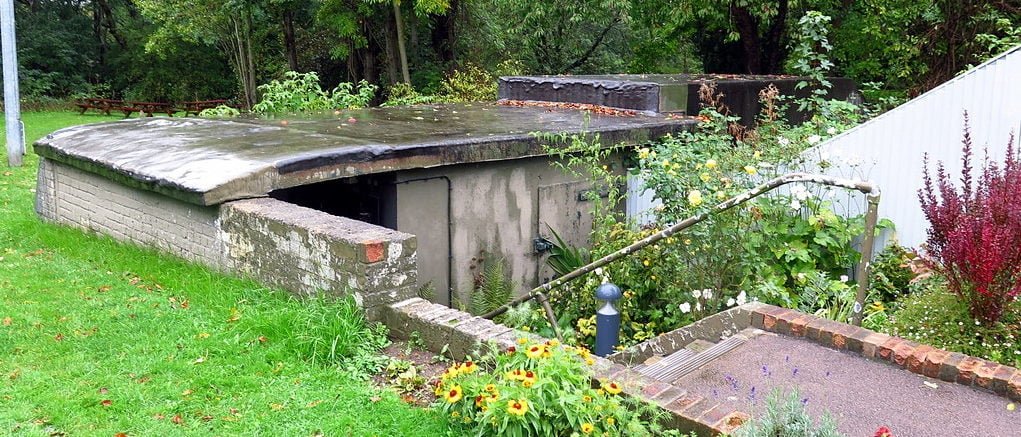According to a press release issued by Historic England on August 16th, researchers have suggested how Britain could have hidden its underground military headquarters, the “Battle of Britain Bunker,” from the Nazis during World War II.
“Recent interpretations of historical aerial photographs suggest that the bunker and its defenses were camouflaged as decorative gardens that blended in with the 'designed landscape' of nearby houses when viewed from above,” the researchers said in a press release. said. (Related: Historians announce recovery of 'historic' bronze cannon from shipwreck)
The Battle of Britain Bunker in Uxbridge, West London, continues to reveal its secrets.
Recent Research From @MOLArcaeology for @Hillingdon The site was disguised as a garden during World War II, suggesting there were additional defenses to stop German paratroopers.https://t.co/6HOD0V7qn1
— Historic England (@HistoricEngland) August 16, 2024
No ground photographs of the top-secret wartime bunker are known to exist, and investigation of the area has revealed that “large volumes of earth and concrete were piled up to protect against direct hits from above, while defences such as artillery trenches, brick pillboxes and barbed wire were introduced to protect against enemy attack at ground level,” according to Historic England.
It was in this bunker that Prime Minister Winston Churchill made his famous remarks praising the Royal Air Force fighter pilots during the Battle of Britain, according to a press release. “Never in the war of mankind have so many been more indebted to so few,” Churchill declared on Aug. 16, 1940.
The Museum of London Archaeology (MOLA) supported Historic England with the project to unearth the archaeological site's secrets. “MOLA is pleased to have contributed to improving our understanding of this nationally significant monument. By bringing together a range of information, including archaeological evidence, written sources, aerial photographs and historical maps, we now have a good idea of what the bunker looked like during World War II,” said Jim McKeown, MOLA project manager, in a Historic England press release.
“The discovery of the multiple and layered defences employed to keep this secret nerve centre safe speaks to the fears that the bunker would be compromised, which could have meant catastrophe for the country. We are delighted to be able to add to our knowledge of this special place,” said Sandy Kidd, from Historic England.
Historic England said in a press release that the bunker is a tourism and education site where visitors can wander “through a series of rooms over two floors. One area they can enter is the war rooms, which have been preserved “exactly as they were when Sir Winston Churchill visited.”







